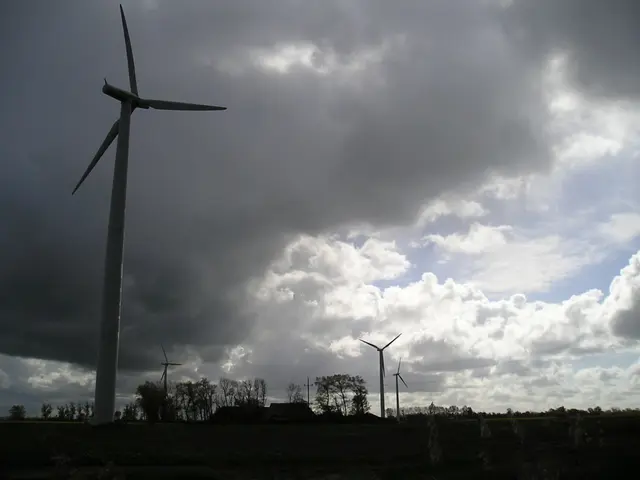Con Edison Launches Largest Decentralized Energy Storage Program in the US
Con Edison, in collaboration with NASH Renewables, Quadra Energy, and Kyon Energy, has launched the largest decentralized energy storage program for private customers in the USA. The initiative, part of New York's 'Reforming the Energy Vision' (REV) program, involves equipping participants with solar power systems and battery storage from Sunverge, owned by Con Edison. This creates a virtual power plant with a capacity of around 1.8 megawatts of photovoltaic power and approximately 1.8 megawatts of battery power, serving the grid during peak demand times.
The project, involving around 1,000 participants, sees SunPower installing PV systems that are then leased to reduce monthly electricity costs. Each participant also receives a battery system from Sunverge, connected to their solar power system. Con Edison connects all these systems to form a virtual power plant, enhancing grid stability and reliability. A SCADA system enables remote monitoring and control, allowing Con Edison to predict and optimize performance. The partners in this project include NASH Renewables, Quadra Energy, with a virtual power plant capacity of 9.5 GW in Germany, and Kyon Energy, which develops battery storage systems with a 2-GW project pipeline.
The program, with a total capacity of 4 MWh, allows Con Edison to operate a cost-effective and innovative virtual power plant. Participants benefit from a backup system in case of power outages, contributing to a more stable and reliable grid. This initiative is a significant step towards a more sustainable and efficient energy future in the USA.
Read also:
- Strategic approach to eco-friendly nickel production for electric vehicles in Europe
- Solar energy company, Imperium, alongside QORAY Mobility & Energies Solar Business, bolsters Nigeria's environmental future by producing superior solar panels domestically and offering flexible payment options.
- AI Inspection Company, Zeitview, Secures $60 Million Funding for Expansion
- Importance of Battery Management Systems: Overseeing and Optimizing Energy Storage Functionality








